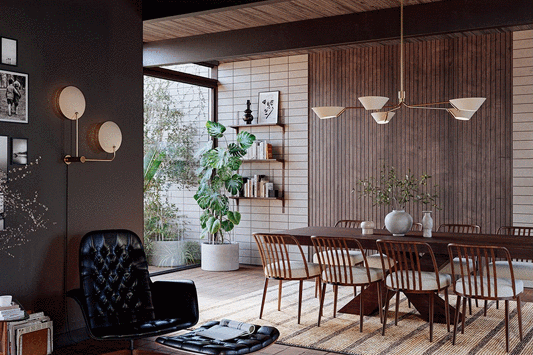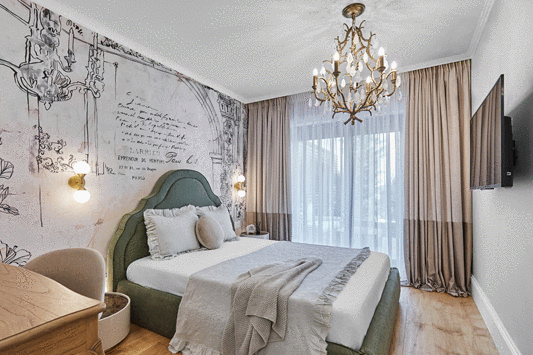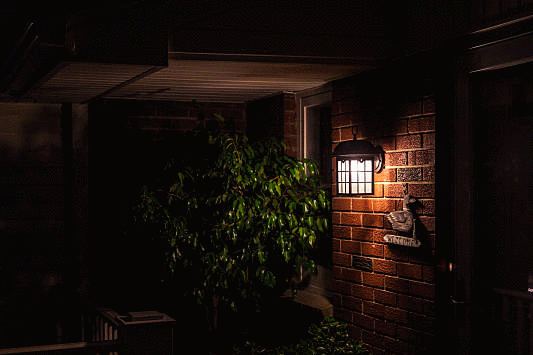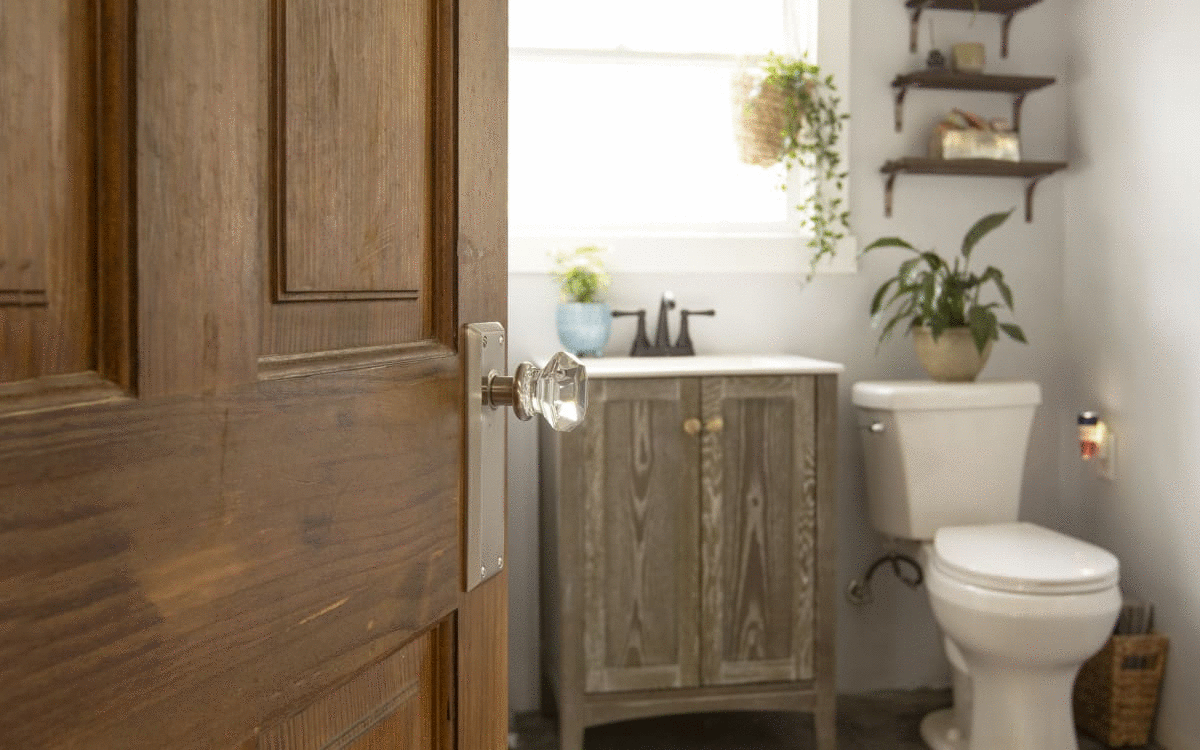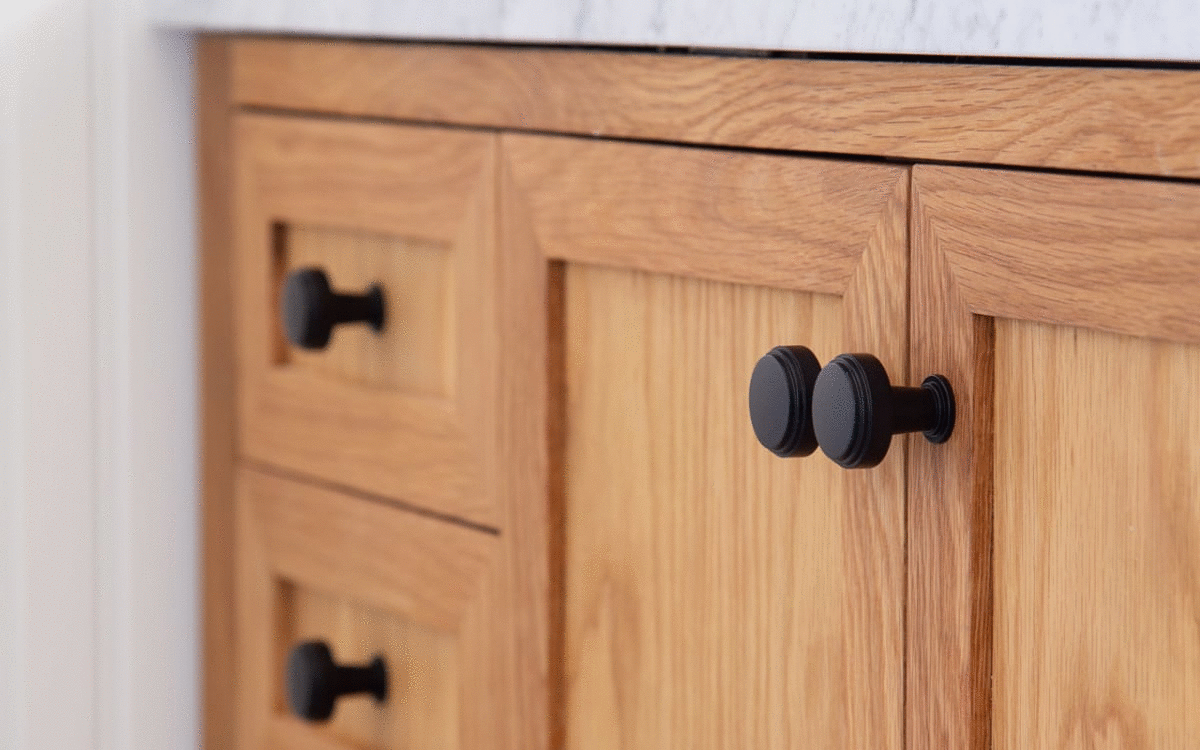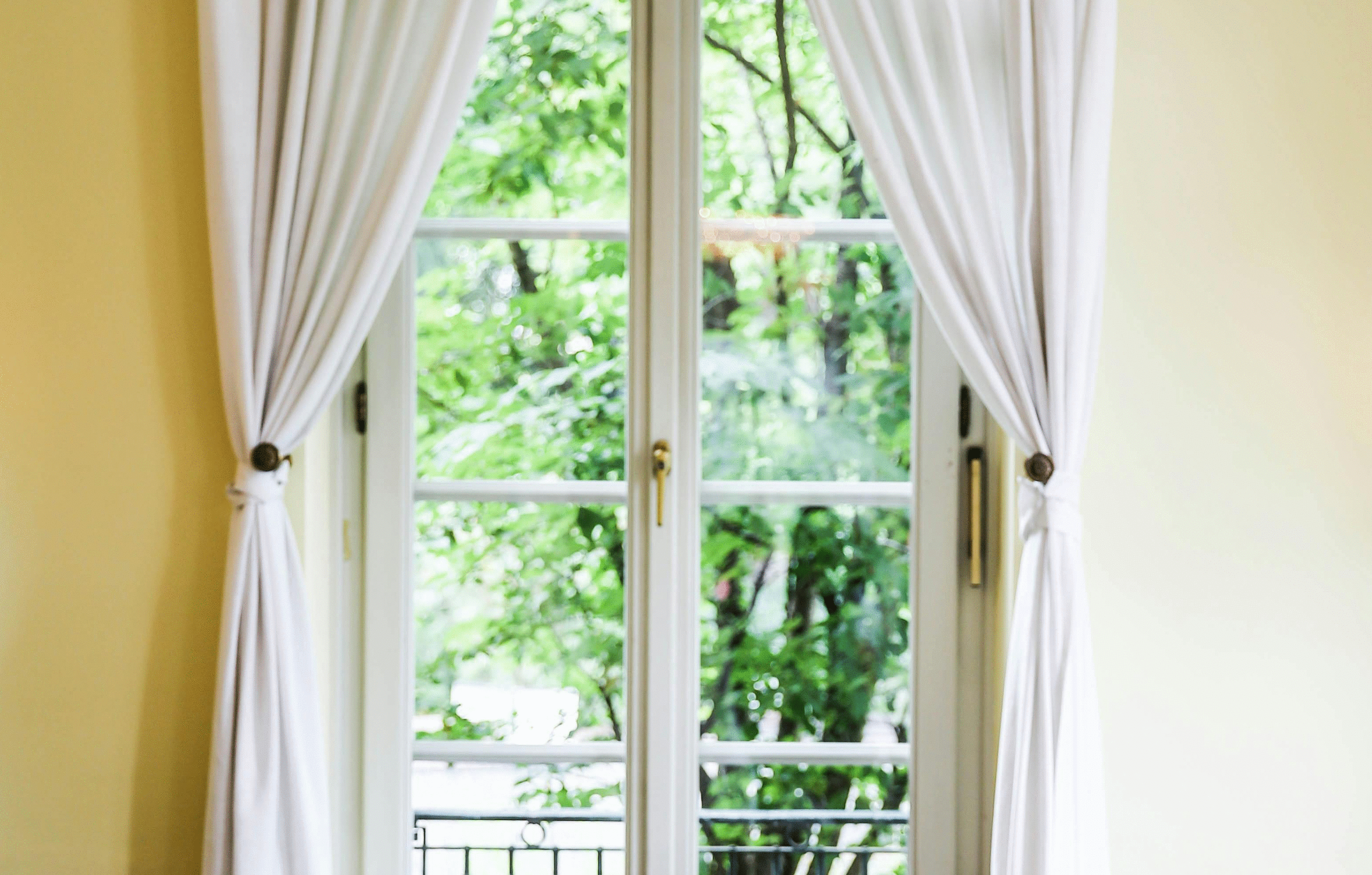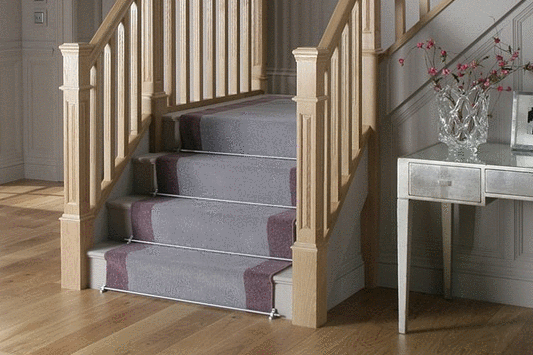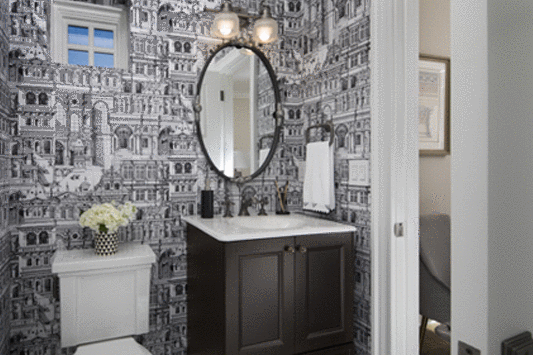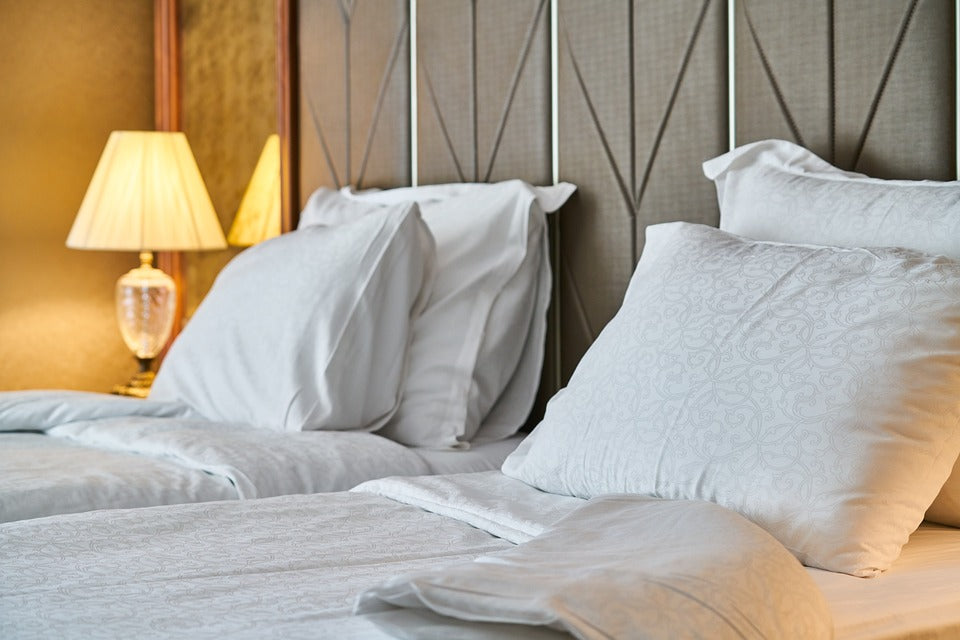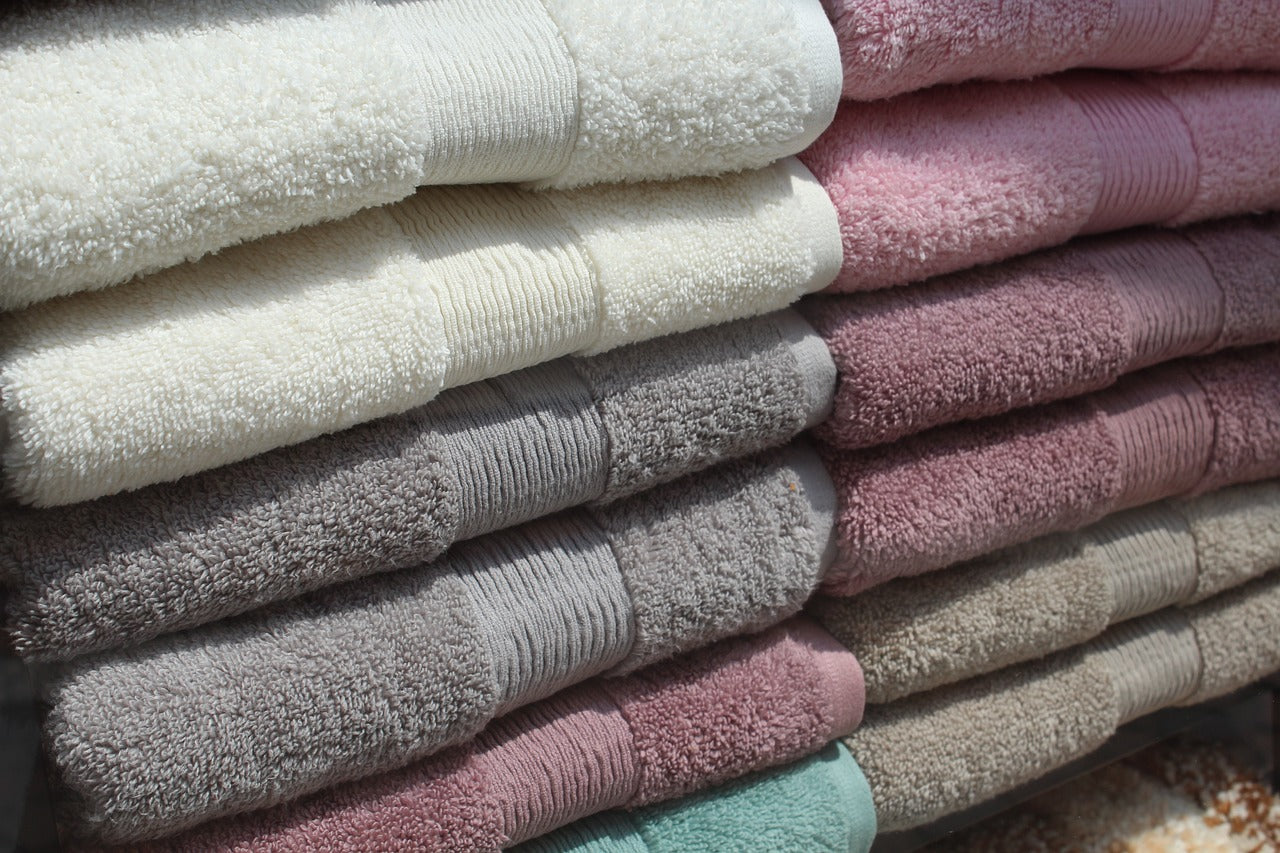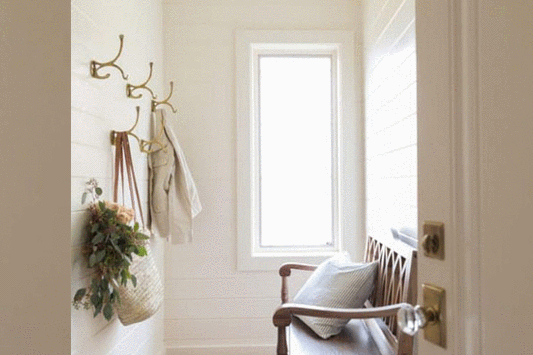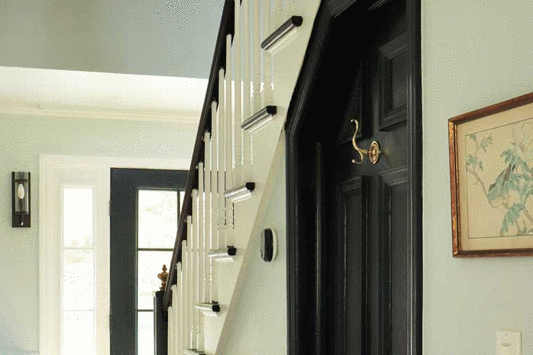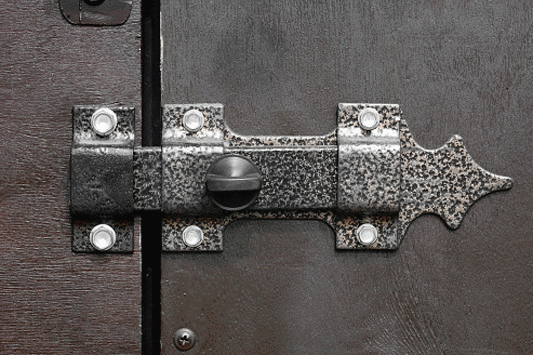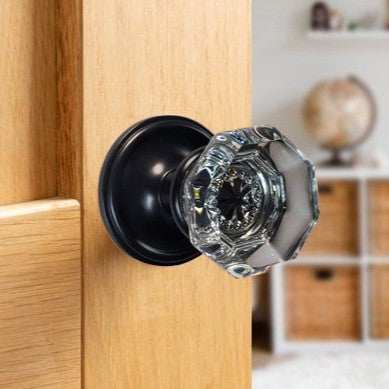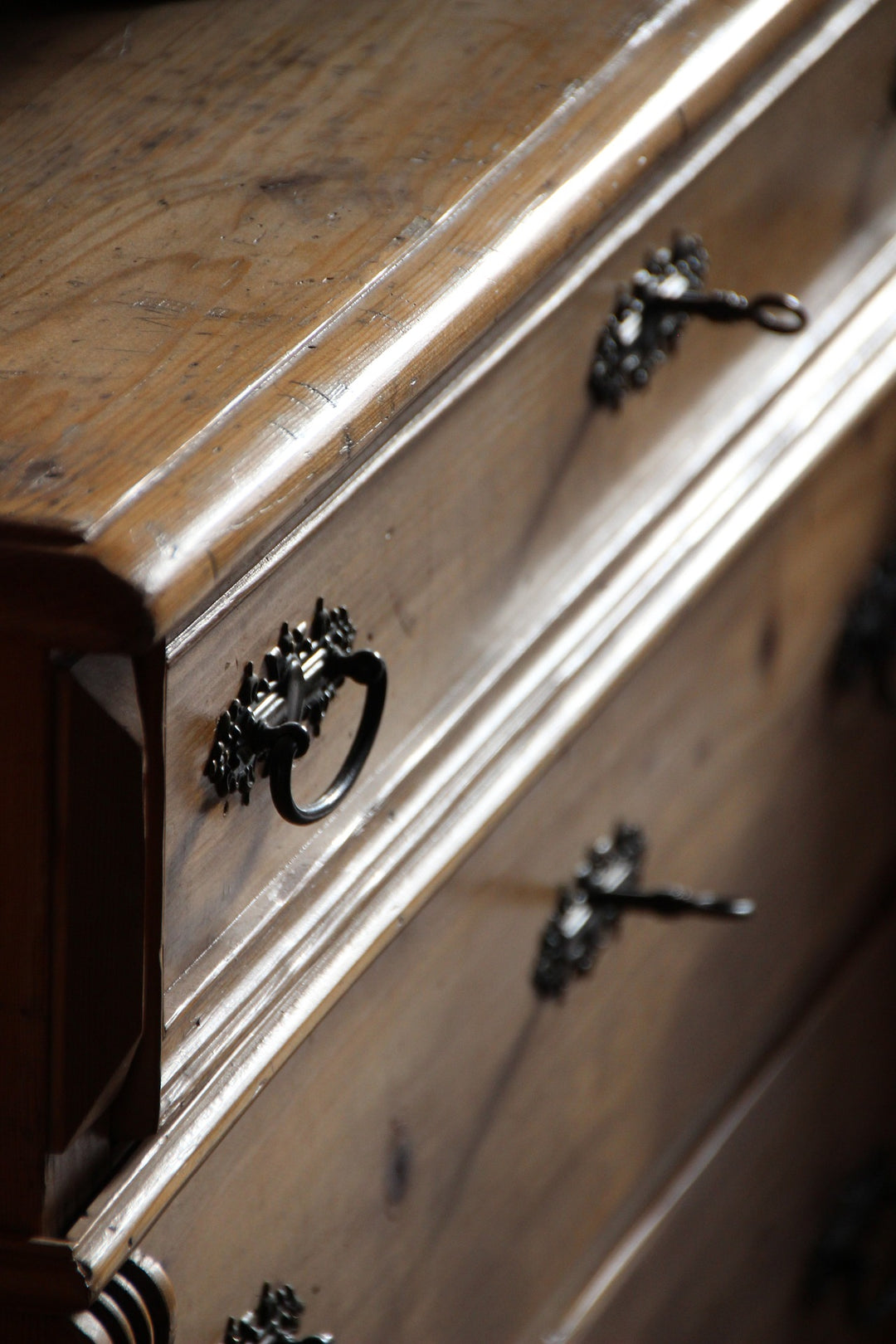The Role of Hardware in Crafting a Cohesive Interior Design Scheme
Hardware is the unsung hero of interior design, often overlooked but essential for creating a cohesive and functional space. From door handles to cabinet knobs, from faucets to lighting fixtures, hardware plays a vital role in tying together the various elements of a room. In this article, we delve into the importance of hardware in interior design and explore how it contributes to the overall aesthetic and functionality of a space.

The Foundation of Design Unity:
Hardware serves as the foundation of design unity in any interior space. Just as accessories can elevate an outfit from ordinary to extraordinary, the right hardware can elevate a room's design by providing cohesion and harmony. When chosen thoughtfully, hardware can tie together disparate elements within a space, creating a sense of continuity and flow.
Consider, for example, a kitchen with stainless steel appliances, marble countertops, and wooden cabinetry. By selecting hardware with a similar finish or complementary style, such as brushed nickel drawer pulls or chrome faucet fixtures, designers can unify the look of the space and create a harmonious design scheme.

Enhancing Visual Appeal:
Hardware is not merely functional; it also contributes significantly to the visual appeal of a room. The choice of hardware can make a statement, adding personality and character to the space. Whether it's sleek and modern or ornate and traditional, hardware can set the tone for the entire room.
For instance, in a contemporary living room with clean lines and minimalist furnishings, oversized door handles with a matte black finish can add a touch of drama and sophistication. Similarly, in a vintage-inspired bathroom, ornate brass hardware can evoke a sense of old-world charm and elegance.

Elevating Functionality:
While aesthetics are undoubtedly important, functionality should not be overlooked when selecting hardware for interior spaces. The right hardware can enhance the usability and convenience of a room, making everyday tasks more efficient and enjoyable.
In a kitchen, for example, cabinet hardware with ergonomic designs and easy-to-grip handles can improve usability, while soft-close mechanisms can prevent slamming and prolong the life of cabinetry. Similarly, in a bathroom, strategically placed towel hooks and robe hooks can maximize storage and keep essentials within reach.

Creating Visual Hierarchy:
Hardware can also play a crucial role in creating visual hierarchy within a space. By varying the size, shape, and finish of hardware elements, designers can draw attention to focal points and create visual interest.
For instance, in a bedroom with a statement headboard, oversized drawer pulls or decorative knobs can echo the headboard's design and draw the eye towards the bed as the focal point of the room. In a dining room, a striking chandelier with coordinating hardware can serve as a centerpiece, anchoring the space and tying together the surrounding elements.

Reflecting Personal Style:
One of the most significant benefits of hardware is its ability to reflect personal style and preferences. Whether you prefer sleek and modern designs or vintage and eclectic styles, there is hardware available to suit every taste and aesthetic.
For individuals who appreciate clean lines and minimalist design, simple and understated hardware in chrome or stainless steel may be the perfect choice. On the other hand, those who gravitate towards a more eclectic look may opt for hardware with intricate details and unique finishes, such as hammered bronze or hand-painted ceramic.

Achieving Cohesion Across Spaces:
In larger homes or open-concept living areas, achieving cohesion across different spaces can be a challenge. However, carefully selected hardware can help bridge the gap between different areas, creating a sense of continuity and flow throughout the home.
For example, by using consistent hardware finishes and styles throughout various rooms, such as matte black door handles or brushed brass light fixtures, designers can establish a cohesive design language that ties the entire home together. This approach not only creates a unified look but also ensures that each space feels connected and harmonious.

The Importance of Quality:
In addition to considering aesthetics and functionality, it's essential to prioritize quality when selecting hardware for interior spaces. High-quality hardware not only looks better but also performs better and lasts longer, making it a worthwhile investment in the long run.
When choosing hardware, look for reputable brands known for their craftsmanship and durability. Pay attention to materials, finishes, and construction methods to ensure that the hardware will withstand daily use and maintain its appearance over time.

Hardware plays a crucial role in creating a cohesive interior design scheme. From unifying disparate elements to enhancing visual appeal and functionality, hardware contributes significantly to the overall look and feel of a space. By selecting hardware thoughtfully and prioritizing quality, designers can elevate their designs and create spaces that are both beautiful and functional. So next time you're designing a room, don't overlook the importance of hardware—it may just be the finishing touch that brings your vision to life.



